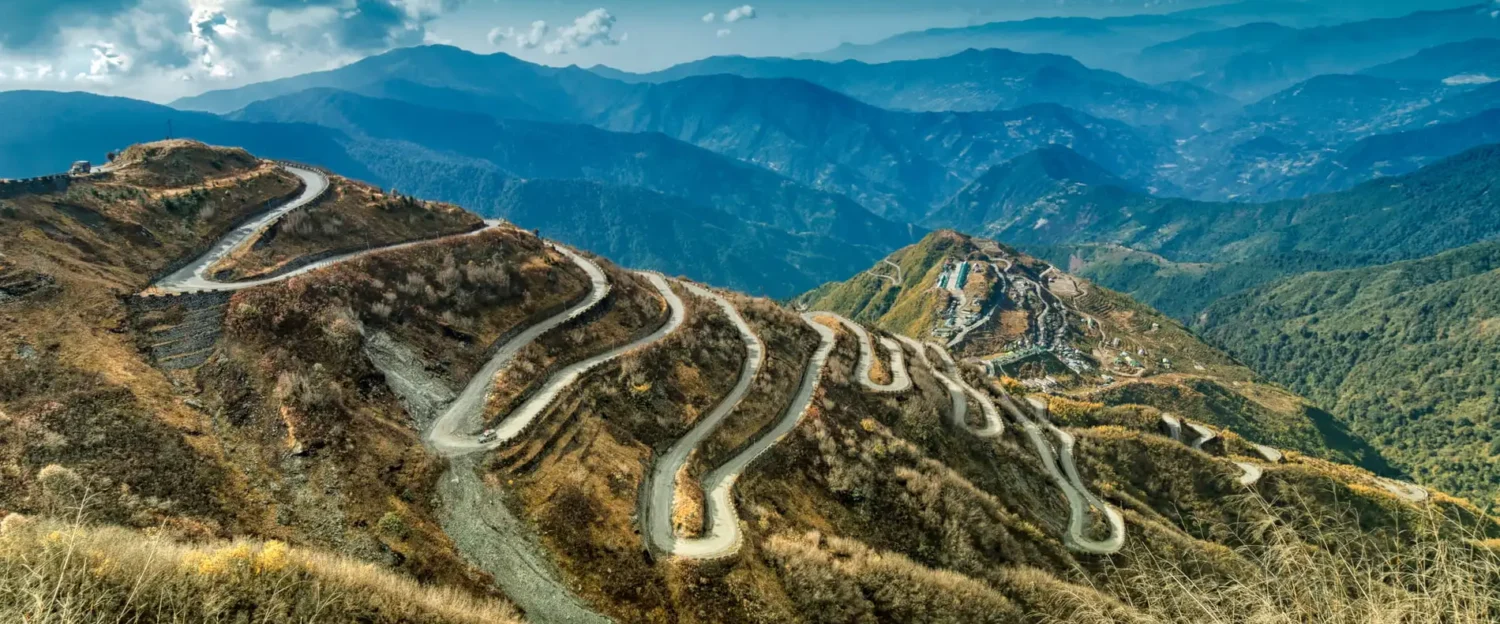With the remarkable mix of different fragrances of spices and stunning color of fabric in silk the Silk Market of Suzhou. It was not merely a place in Suzhou in the 16 the century and the marketplace was the center of commerce but it was a cradle of civilization. Here the traders from all directions of the Silk Road meet, looking on their faces the multiple faces of East Asian and Middle Eastern civilizations. It is detailed in primary sources as to the rich stalls presented with silk tapestry, porcelain, as well as spices.
There is the noise of the infrequent conversation as various groups trading relate to each other in their peculiar dialects. This is a market place and while our virtual traveler navigates this market place, the tactile richness of the silk and the aroma of spices become tangible, equivalent to revealing the opulence and diversity that are associated with silk road trading. Groups of paintings in the Mogao Caves provide evidence of the Silk Road as a conduit that transported both not only merchandise, but also revealed the facts regarding adoption of religious beliefs in the 16th and 17th centuries. The sounds of Buddhist hymns and the spiritual atmosphere become his travel companion as he virtually visits the artifacts hidden in this desert sanctuary.
Registan Square, Samarkand.
The journey taken westward ends up with the Registan Square on the Samarkand – the architecture wonder that testifies the power of cross-cultural influence in the Silk Road. A glance at the primary and secondary sources one discovers the majesty of the square, elaborated with elaborated with lavish tilework and resplendent minarets. Aquatic Rabbits and Gardeners, Aquatic Rabbits on the Right, Aquatic Rabbits on the Left, Landscape with an Aquatic Rabbits, Aquatic rabbits on the Rocky Islands, Ala-i Seyidyddin: Aval or ypsi Tebrizi Award is the name of Samarkand as a mousepad where Islamic and Persian architect. The virtual traveler is engrossed in the exciting spectacle of a market close to the square with merchants from China, Persia, and elsewhere negotiating congenially. Chaotic sounds of trade and multi-hued products while witnessing creation of architectural wonders in the Silk Road route across the period of 16 the century to early 17 the century resulted as living symbols of Silk Road dynamism.
Saray-i Ameri, Isfahan
The next our route leads us to the Saray-i Ameri to the Isfahan city Persia, one of most important points of the Silk Road. These caravanserais serve as lounges for goods and the epitome of cultural diffusion, where Buchanan develops the plot’s news. This from and home source detail those shaded courtyards where traders from China, India, and Ottoman Empire consistently strike deals in such a large number of dialects.
Rubbing shoulders at the Saray-i Ameri, the cosmopolitan character of the Silk Road is that trunkline along which goods are exchanged from East or West. From its perspective, the digital traveler observes the active environment, thinking of the smells of spices, the languages for different audiences. King George IV chivalrously contributes fifteen pounds to this king pauper, a deplorable disgrace to the aristocracy.
The digital traveler plunges into the vibrant environment, being greeted by the kaleidoscope of colors and sounds. The Grand Bazaar exemplifies the continued influence of the Silk Road, where the encounter of cultures touches every inch of this thriving market. As we continue with our virtual travels, the Grand Bazaar in Ottoman Istanbul – the bustling eastern bazaar that links East Asia, West Europe, and the Middle East, appears. The labyrinth of alleys, each overcrowded with exquisitely woven carpets, brilliance of ceramics and aromas of spices, are a perfect picture of primary sources. The visual luxuriance of the bazaar in conjunction with the numerous languages used in trade represent the richly woven fabric of cultural crossings. The digital traveler plunges into the vibrant environment, being greeted by the kaleidoscope of colors and sounds. The Grand Bazaar exemplifies the continued influence of the Silk Road, where the encounter of cultures touches every inch of this thriving market.

